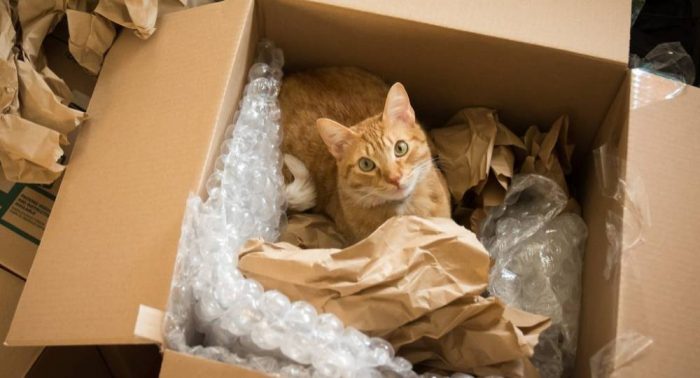
How To Make Moving Home As Stress-Free For Your Pets As Possible
Moving home can be a stressful event for all the family, especially on the day, although you can mitigate some of that stress by planning everything well in advance and employing a professional removalists company.
Despite taking these steps, there is one (or possibly more than one) member of the family who is often overlooked when it comes to stress reduction during a house move, and that is the family pet. This is especially so when that pet is a dog or cat, who are both creatures of habit.
The upheaval of them moving to completely new surroundings, inside and outside, can be incredibly stressful for pets. While family members might be able to communicate how they are feeling, our pets often cannot, and thus we are unaware that they are in any way upset or even in distress.
So, assuming you love your pet and want to make your house move as stress-free as possible for them, here are some simple tips to help you, and your beloved animal.
The first step should be on any occasion you are visiting your new home prior to the move. When there, try to do a bit of a recce, but with your pet in mind and so look for anything that might be a problem for them such as loose writing or splintered wood panels indoors, and check the garden too for any dangers.
You should prepare a ‘first-night’ bag for your pet, that includes their food, bowls, some toys, and treats so that if the rest of their stuff is packed away in boxes, you at least have the basics for them that evening. Obviously, the specific items will vary depending on the type of pet.
On the day of the move, especially when your removalists arrive and start loading the removal van, it is best that you keep your pet well out of the way. This also applies at the other end when they are unloading.
Apart from the safety aspect of avoiding an item being dropped on them, seeing strangers remove items that they are used to from the home, could cause them additional stress. If they are available, you should ask a relative, friend or neighbour to look after your pet for a few hours.
As for transporting your pet to their new home, it is best if they do not travel in the removal van, even if your removalists allow it. Removal vans can be loud, plus the strange faces and surroundings can be upsetting for pets. Instead, they should travel in your car or that of any person who is driving you to your new home.
Ideally, you want your pet to arrive after the removalists have completed the unload. If possible, try to have the area of the home where your pet’s bed, tank or cage is going to be located, as clear as possible. If they are a dog or cat, let them move around the new home of their own accord, in order for them to get used it.
At this point try to give them as many items that they are familiar with such as their blanket or a toy. Also, as quickly as possible try to get into what would be their normal routines such as feeding time, walk time, or playtime.
It may take a day or two for your pet to get used to their new home, and if you have made the move to it as stress-free as possible, they will adapt even quicker.
